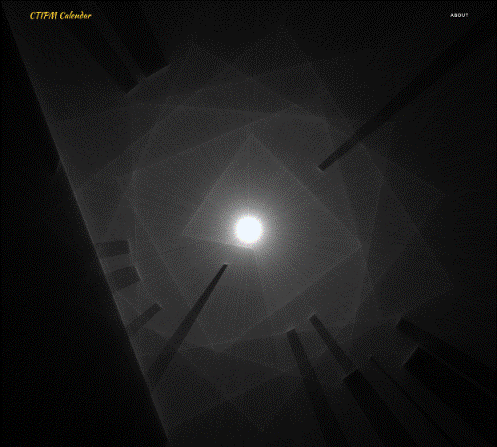
Researchers at CTIPM are actively researching new technologies and techniques for medical imaging, post-processing and analysis. For example, a new MRI technique developed by CITPM researchers, known as restriction spectrum imaging-MRI (RSI-MRI), improves physicians’ ability to precisely pinpoint a tumor’s location, how extensive it is, and even its grade – an indication of how quickly a tumor is likely to grow and spread.
Specialties
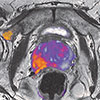
Quantitative MRI is employed to detect, localize and grade tumors within the abdomen and pelvis. Prostate cancer imaging is a specific focus, where non-invasive imaging techniques allow physicians to identify tumor biomarkers. In collaboration with the UC San Diego Department of Urology, the Oncologic Imaging team offers prostate cancer imaging that can detect tumors and guide prostate biopsies.
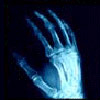
Our musculoskeletal (MSK) system gives us the ability to move using our muscles and bones. This unified system, which includes the skeleton, muscles, cartilage, tendons, ligaments, joints and connective tissue, gives us form, support, stability and movement. UC San Diego’s MSK Imaging Research Laboratory is a premier center for imaging and evaluating disorders of the musculoskeletal system.
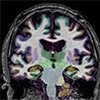
CTIPM’s advanced imaging techniques enable physicians to better diagnose and treat patients suffering from neurologic diseases such as Alzheimer’s disease, primary and metastatic brain tumors, movement disorders, multiple sclerosis, and epilepsy.
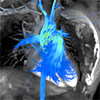
CTIPM’s cardiovascular imaging lab is developing and applying advanced MRI techniques to the diagnosis of cardiovascular disease, specifically the use of 4D Flow MRI to study the heart and blood vessels throughout the body. Clinical-translational MRI scans performed by our laboratory are designed to maximize patient comfort, while obtaining all of the relevant clinical parameters in the least amount of time (usually 30-45 minutes).
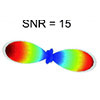
To generate the most accurate diagnosis possible, clinicians should be armed with imaging technologies that provide accurate and quantitative information about the state of the patient. The goal of the CTIPM Imaging Technology Core is to work with clinicians to develop and apply state-of-the-art quantitative imaging technologies that maximize clinical utility and improve diagnostic accuracy.
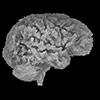
The CTIPM’s informatics core is a premier site for the advanced technologies of tomorrow, applied in a clinical setting today. Instead of dreaming about a future as it’s portrayed in popular movies, we develop tomorrow’s tools to support our physicians today as they pursue the best medical care for their patients.